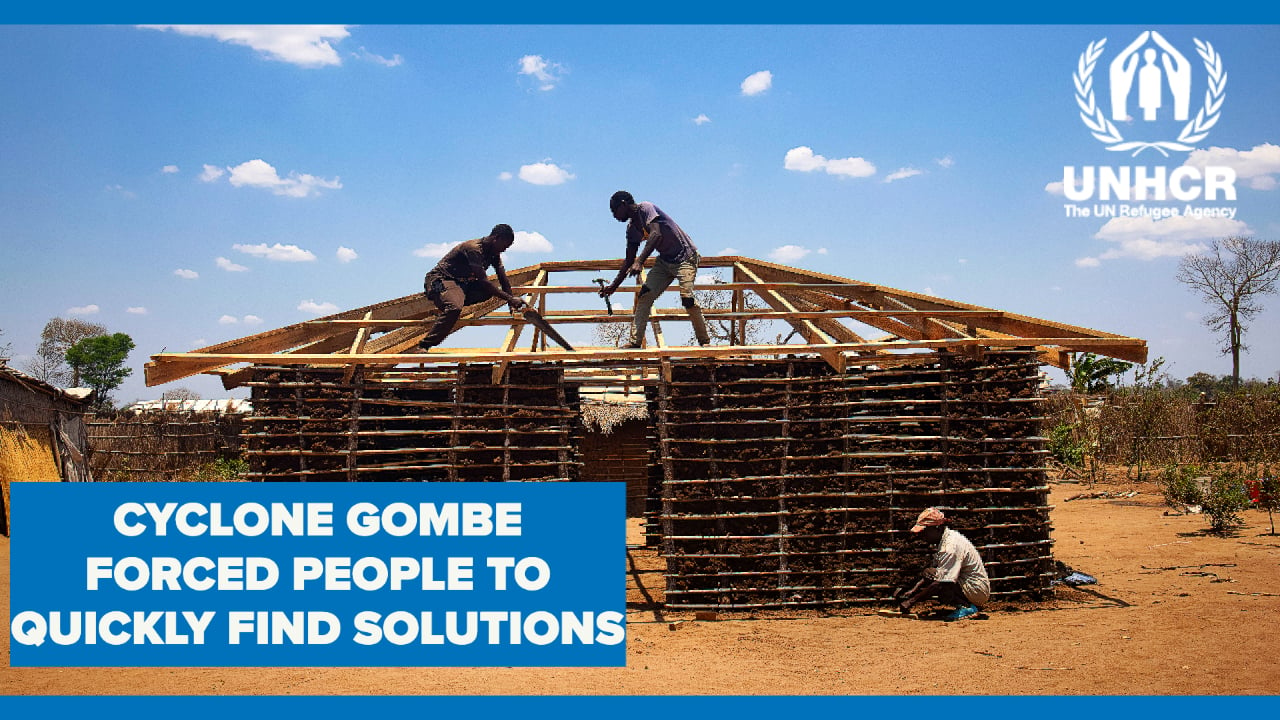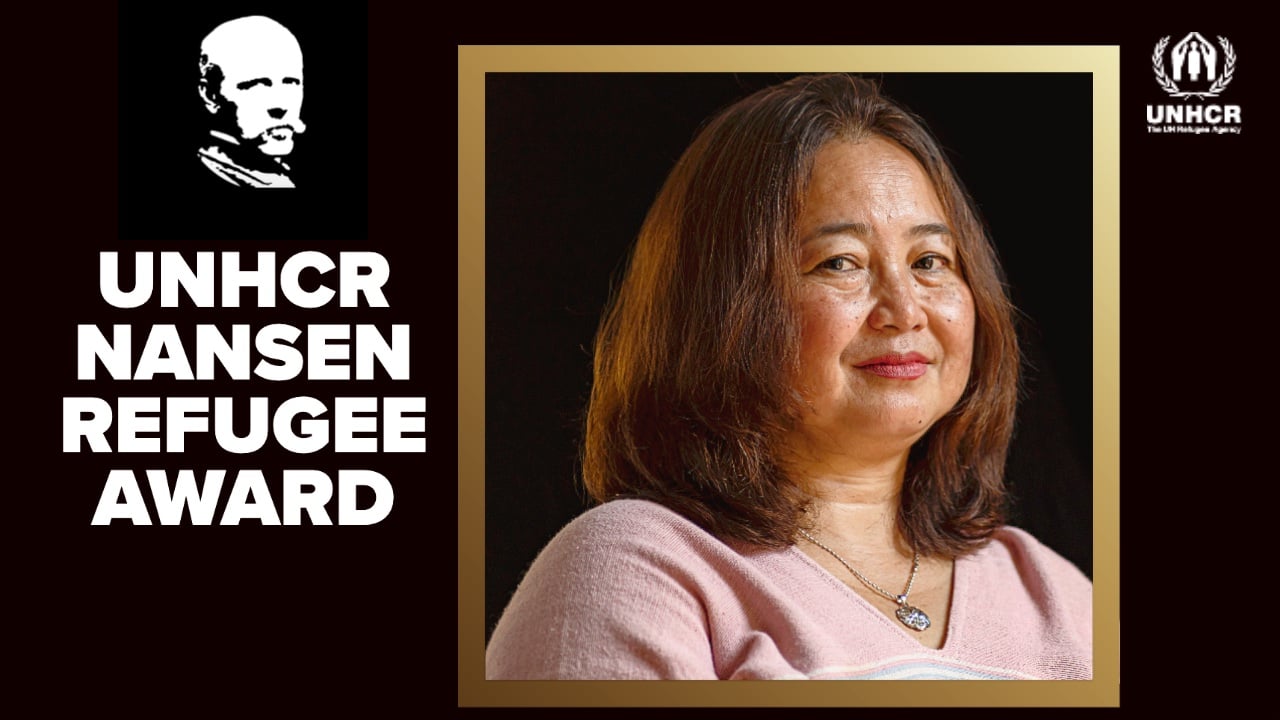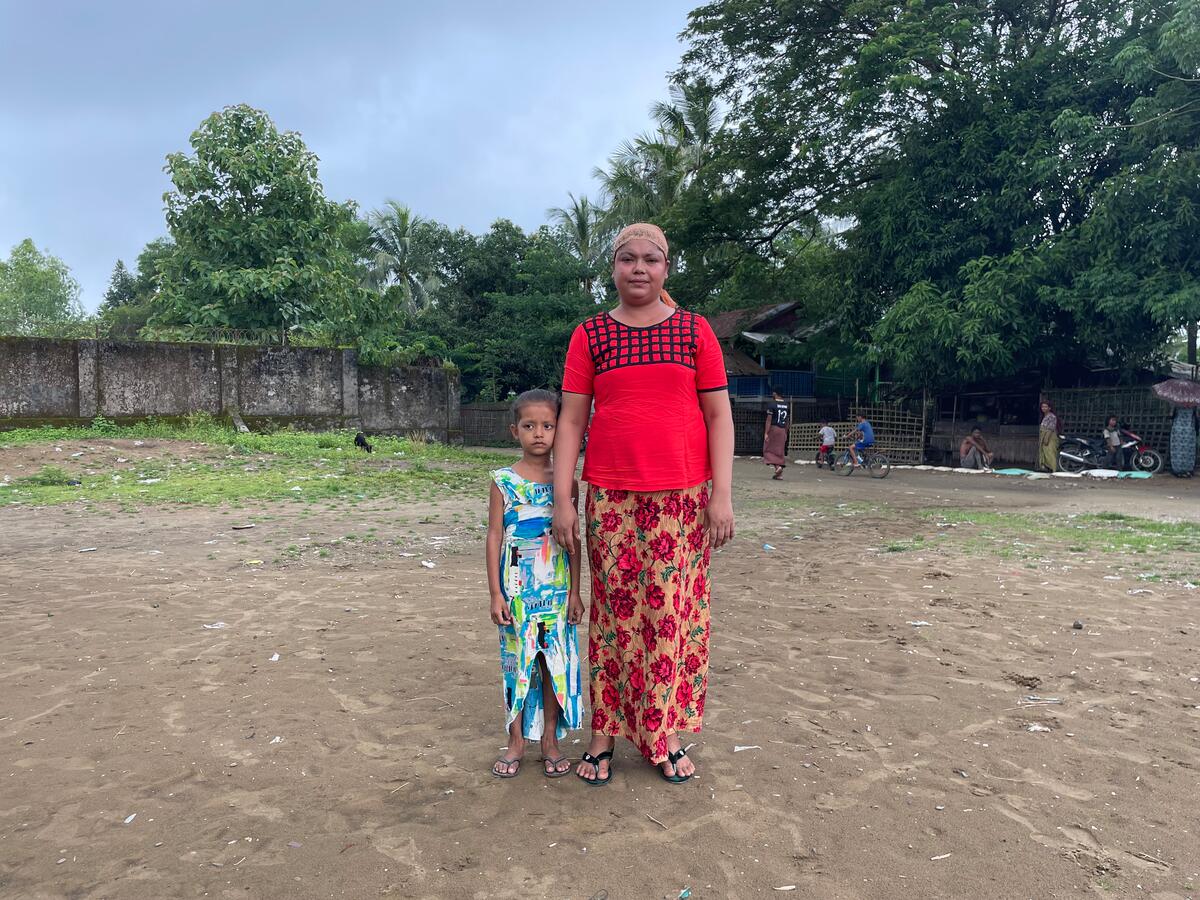Cautious return for Nepal's displaced people
Cautious return for Nepal's displaced people

DANG, Nepal, December 28 (UNHCR) - More than a year after a historic peace agreement ended the civil conflict in Nepal, tens of thousands of displaced Nepalese have returned home to rebuild their lives. The challenges are daunting, but UNHCR and other agencies are helping them to ensure that their return is sustainable.
An estimated 100,000 to 200,000 people were displaced during the insurgency in Nepal from 1995 to 2006. Among them were Madhav* and his family, who fled their small remote village near Dang, in the mid-western region of Nepal, in 1998.
"One day an armed group came to my house and accused me of being an informer," he recalled. "They forced me to leave my home. I was terrified, my only concern was to protect my family and overnight we left." They fled to Nepalgunj, the capital of Banke district, and lived in a house provided by his cousin.
The family returned to their hometown after a peace agreement between the government of Nepal and the Communist Party of Nepal (Maoist) was signed in November 2006. However, Madhav found that things had changed.
"My house was not like this when I left nine years back. The armed group has taken away everything - furniture, clothes, utensils, even the window panels," he said, cutting wood to make new windows for his ruined house. "They have still not returned all my land, which is the only means of earning for me."
Like Madhav, many families in Nepal have recently returned to their place of origin after years of displacement. The exact number of individual returnees - believed to be in the tens of thousands - is unclear as many have gone home on their own or with the support of local non-governmental organizations (NGOs).
"Many people displaced to this district from the nearby villages have already returned and many are in the process of returning," said a senior district official in Dang. "The main problem for the returnees is property restitution. Other IDPs have decided not to return as they have found a better economic situation in the place of displacement."
Ram Bahadur* returned home earlier this year. "It has been six months since I came back to my village, but still I have not got my entire land. Although the Maoist leader has said that they would return our land, many like me still find it difficult to have our farms and houses back," he said.
Human rights activists agree that the main problems for returnees are land seizure and livelihood. "The main reason for people not returning is the land issue. Without their land how do they earn their livelihood?" said Bimal Kumar Adhikari, a rights activist from the Informal Sector Service Centre. "There is a need to do more; all parties have to be committed to facilitate the return of internally displaced people (IDPs) to their hometown."
Within the UN collaborative approach, at the central level in Kathmandu, UNHCR and the other UN agencies have assisted the government in reformulating the national policy on IDPs and drafting its directives.
At the local level, UNHCR has undertaken a project intended to contribute to the creation and/or strengthening of an environment conducive to sustainable returns by ensuring protection at the point of return.
Throughout 2007, the UN refugee agency has organized and conducted a series of 20 workshops in the eastern and mid-western regions of Nepal - areas most affected by the conflict - seeking to promote reconciliation and mutual understanding between the former warring factions and other stakeholders.
The workshops were held at the district level and took place with the support of the UN Office for the Coordination of Humanitarian Affairs (OCHA), the Office of the UN High Commissioner for Human Rights, the Norwegian Refugee Council and the National Human Rights Commission.
"The project has concretely helped in promoting dialogue and cooperation between all stakeholders," said Michele Manca di Nissa, UNHCR's deputy representative in Nepal. "In some districts it was the first opportunity for leaders of the former warring factions to sit around the same table and discuss IDP issues," she added.
Manca di Nissa said a very positive outcome of the workshops was the creation of district-level task forces and committees which have institutionalized the dialogue between stakeholders on IDP matters. "The protection of the returnees is the responsibility of the state," she stressed.
Ram Bahadur said with tearful eyes, "Until a year back, we could not imagine returning. Our future depends on the success of the peace process."
* Names changed for protection reasons.
By Nini Gurung in Dang, Nepal








